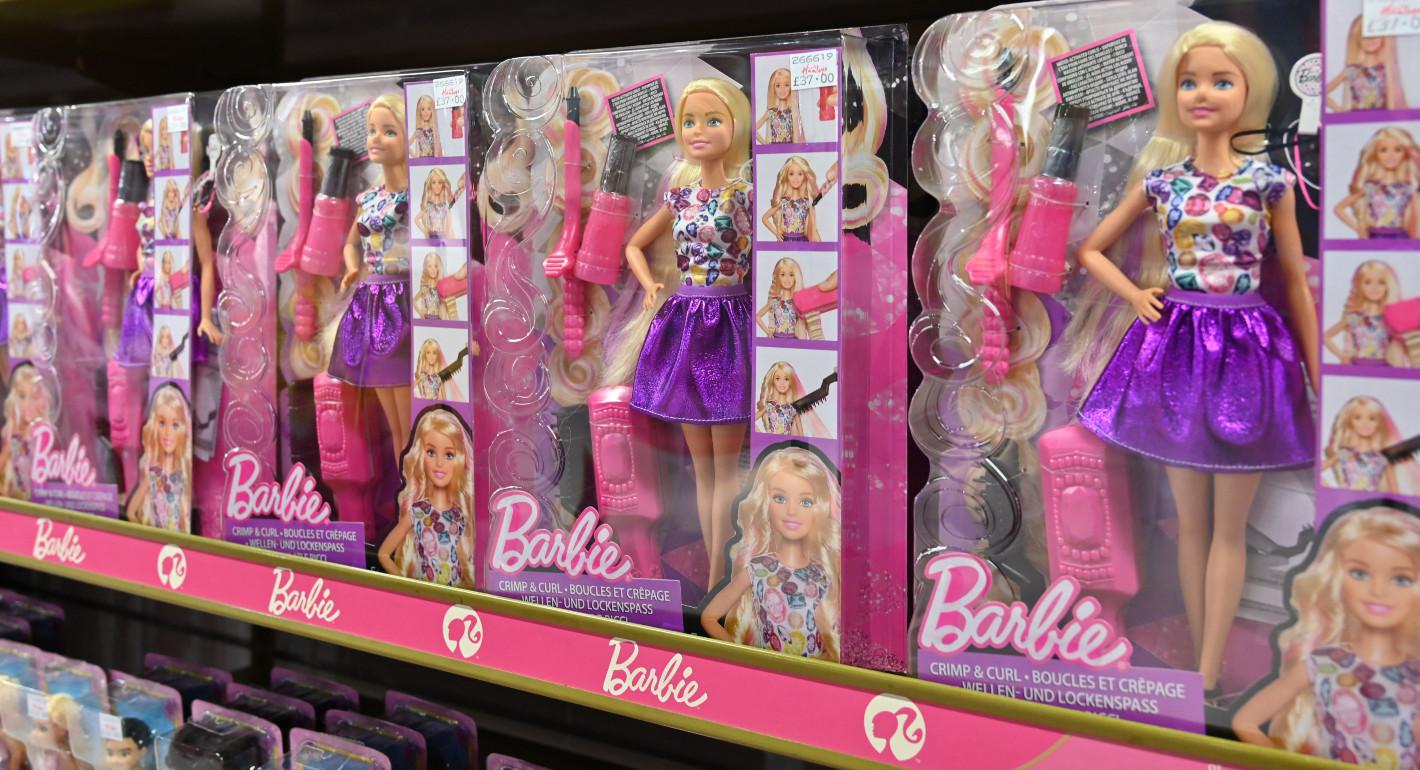As much of the world eagerly awaits the new Barbie film starring Margot Robbie, UN negotiators are trying to address the parts of our plastic world that aren’t so fantastic.
Plastic products—from dolls to sneakers to tires—are often essential to modern life, but they’re also harmful to our planet and our health. Most plastic is produced using gas and oil, so it contributes to global warming. It also damages the environment by contaminating oceans and harming marine life.
UN negotiators are trying to hammer out a global, legally binding plastics treaty by the end of 2024 that would aim to halt the explosion of plastic waste by focusing on reuse and recycling. The goal is to cut plastic waste 80 percent by 2040. In addition, several countries formed the High Ambition Coalition to End Plastic Pollution, which advocates for global standards and restrictions on certain types of plastic.
But another group, including major oil and gas producers, is pushing for countries to be allowed to set their own goals in national action plans rather than following guidelines set at the UN level. Given that 20 percent of global oil could be used to make plastic by 2050, global standards could be hugely important for the future of fossil fuel extraction and associated greenhouse gas emissions.
Mattel, the company that makes Barbie, is at least trying to clean up its plastic use: by 2030, it aims to use 100 percent recycled, recyclable, or bio-based plastic in its toys and packaging. Fantastic—if it happens.





